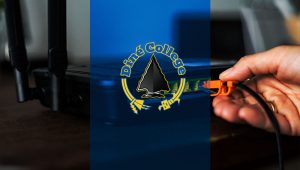Results: Tribal (4 Stories)
Bringing Internet Access to Alaskan Tribal Lands
Alaska Federation of Natives, AlaskaP-12
While the digital access divide may be closing quickly in much of the country, geography and a lack of physical infrastructure present unique challenges in those locations still waiting for reliable broadband. Through a $35M grant from the National Telecommunications and Information Administration's...
Topic: NETP24
Bringing Broadband to Tribal Lands in Minnesota
Minnesota
The Bois Forte Band of Chippewa Indians, also called Ojibwe, live in northern Minnesota, about 45 miles from the Canadian border. The reservation spans Koochiching, St. Louis, and Itasca Counties. Through the Tribal Broadband Connectivity Program, the tribe received a $19,800,704 Broadband Infrastru...
Topic: NETP24
Digital Equity Champions for All Learners: Diné College Uses Culturally Responsive Strategies to Support Inclusion across the Navajo Nation

ArizonaPostsecondary
Diné College is the first tribally controlled college in the United States. The college serves the far-reaching rural needs of the 400,000-member Navajo Nation, including 200,000 citizens beyond the Nation’s borders, through its main campus in Tsaile, AZ and six additional campuses and microsites...
Topic: Digital Equity
Case Study: Broadband Availability Data Collection and Mapping at Navajo Preparatory School

New MexicoP-12
The Navajo Preparatory School (Navajo Prep) in New Mexico serves learners across the Navajo Nation, which is the size of West Virginia. The school enrolls approximately 270 students from more than 50 majority-rural communities. The school made extensive efforts to ensure internet availability for...
Topics: Digital Equity, NETP24


